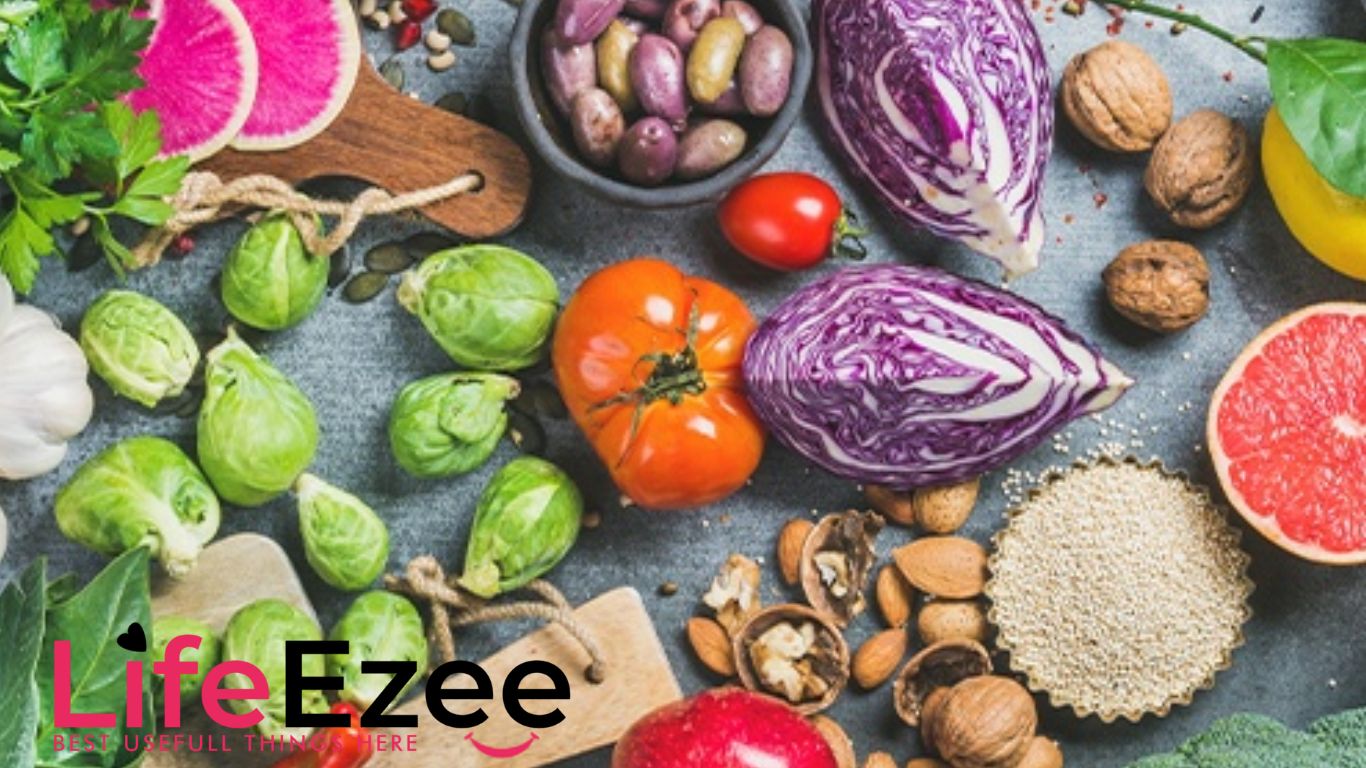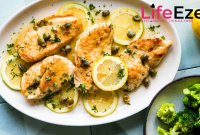Vegetarian Foods That Are Loaded with Iron
Iron is an essential mineral that supports various bodily functions, most importantly the production of haemoglobin, which helps transport oxygen throughout the body. While meat is often touted as a primary source of iron, vegetarians can easily meet their iron needs with plant-based foods. The key is knowing where to find iron-rich foods and how to maximize their absorption. In this article, we’ll explore some of the top vegetarian foods loaded with iron.
Types of Iron: Heme vs. Non-Heme
Before diving into the food list, it’s important to understand the two types of iron: heme iron (found in animal products) and non-heme iron (found in plants). Non-heme iron is slightly harder for the body to absorb, but with a few dietary tweaks, you can still get the iron you need on a vegetarian diet.
1. Leafy Greens
Leafy green vegetables are powerhouses of nutrition and are high in iron. Some of the best include:
- Spinach: A cup of cooked spinach provides about 6.4 mg of iron.
- Kale: This versatile leafy green contains around 1 mg of iron per cup.
- Swiss Chard: Loaded with iron, one cup of cooked chard is about 4 mg.
While leafy greens are great sources of iron, they also contain oxalates, which can reduce iron absorption. Pairing them with vitamin C-rich foods like bell peppers or citrus fruits can help enhance absorption.
2. Legumes
Legumes are a staple in many vegetarian diets and are rich in iron. Some great options are:
- Lentils: One cup of cooked lentils has about 6.6 mg of iron.
- Chickpeas: A cup of cooked chickpeas provides around 4.7 mg of iron.
- Black beans: These beans pack about 3.6 mg of iron per cup.
Adding lemon juice or other vitamin C sources to your legume-based dishes can further enhance the body’s ability to absorb non-heme iron.
3. Tofu and Tempeh
Soy products like tofu and tempeh are fantastic sources of iron and make great protein alternatives for vegetarians.
- Tofu: Half a cup of tofu contains about 3 mg of iron.
- Tempeh: A fermented soy product, tempeh provides about 4.5 mg of iron per cup.
Both tofu and tempeh are versatile ingredients, perfect for stir-fries, salads, or sandwiches.
4. Nuts and Seeds
Nuts and seeds are not only rich in healthy fats and protein but also contain a significant amount of iron. Some of the best options include:
- Pumpkin seeds: A quarter-cup provides about 2.5 mg of iron.
- Sesame seeds: Two tablespoons offer 1.3 mg of iron.
- Almonds: A quarter-cup of almonds contains about 1.5 mg of iron.
Sprinkling these seeds over salads or blending them into smoothies is a great way to boost your iron intake.
5. Quinoa
Quinoa is a complete protein and an excellent source of iron, with one cup of cooked quinoa providing about 2.8 mg of iron. Quinoa is also versatile and can be used in everything from salads to grain bowls.
6. Fortified Cereals and Grains
Many cereals and grains are fortified with iron, making them an easy way to meet your daily needs. Look for whole-grain varieties, as they offer additional nutritional benefits like fibre and B vitamins. Some fortified cereals can provide as much as 18 mg of iron per serving, which is more than 100% of the daily recommended intake for most people.
7. Dried Fruits
Dried fruits, such as apricots, raisins, and prunes, are a quick and convenient source of iron.
- Dried apricots: Half a cup contains about 3.4 mg of iron.
- Raisins: A small handful provides about 1 mg of iron.
Pair these dried fruits with nuts or seeds for a quick, iron-rich snack.
Tips for Boosting Iron Absorption
Because non-heme iron is less easily absorbed, here are some tips to help your body make the most of it:
- Pair with Vitamin C: Foods like oranges, strawberries, and bell peppers enhance iron absorption.
- Avoid Calcium During Iron-Rich Meals: Calcium can inhibit iron absorption, so avoid dairy products or calcium supplements when eating iron-rich meals.
- Cook in Cast Iron Pans: Cooking in cast iron can add a small amount of iron to your food, especially with acidic foods like tomato sauce.




